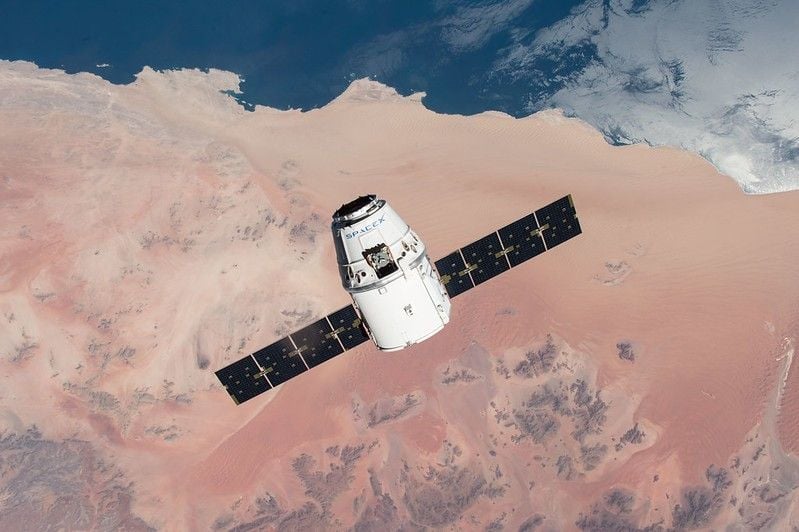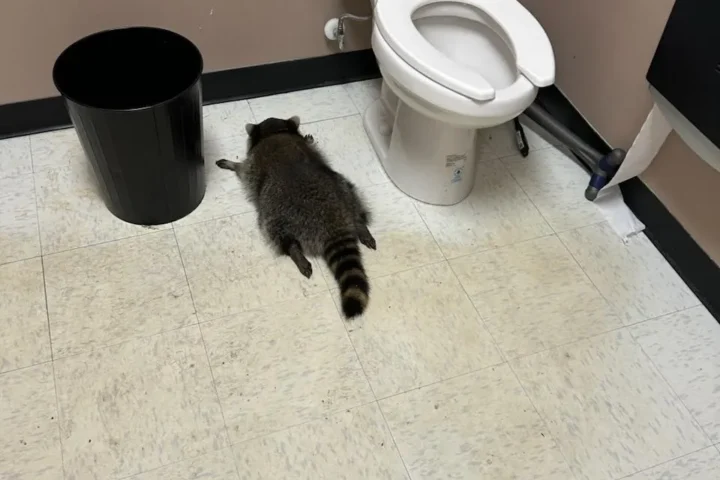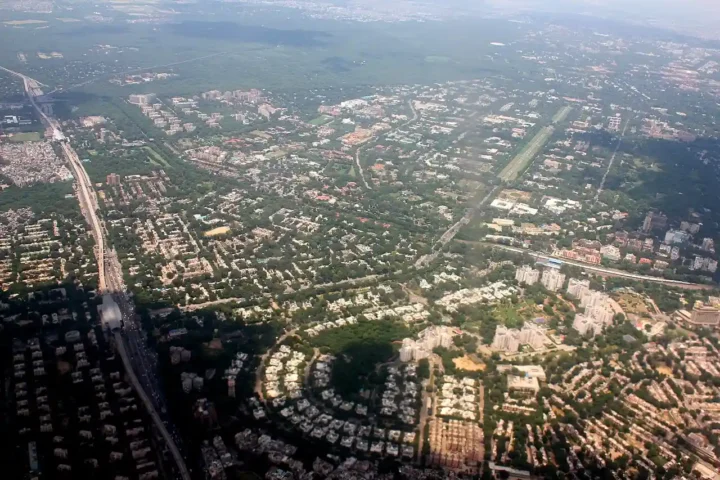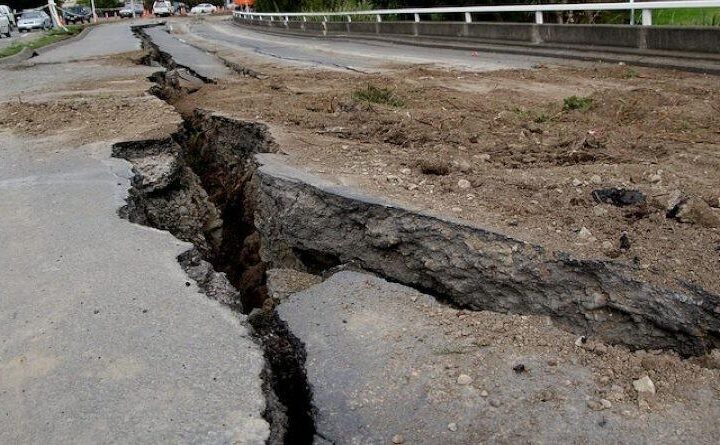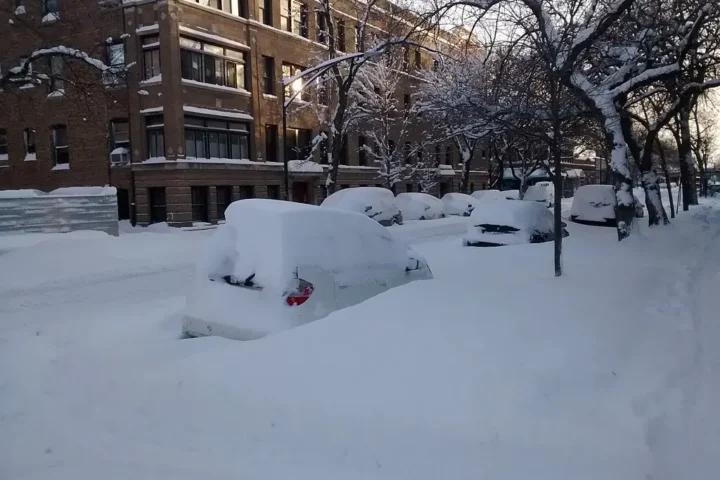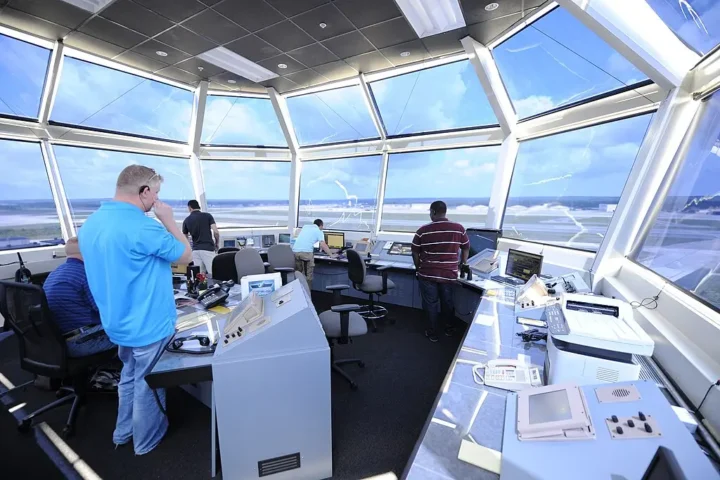Solar storms are forcing thousands of Starlink satellites to fall from space much earlier than planned. NASA scientists have discovered these powerful solar eruptions are heating Earth’s upper atmosphere, causing satellites to drop like flies.
“Our results indisputably show that satellites reenter faster with higher geomagnetic activity,” report researchers from NASA’s Goddard Space Flight Center. Their study tracked 523 Starlink satellites that burned up in Earth’s atmosphere between 2020 and 2024.
The sun is currently near the peak of its 11-year activity cycle – a period called solar maximum that brings more frequent and intense eruptions. When these solar storms hit Earth, they heat our upper atmosphere, making it expand outward. This expanded atmosphere creates more friction against satellites, dragging them down faster.
For satellites orbiting below 300 kilometers, this extra drag can cut their lifespan by up to 10 days during severe geomagnetic storms. While this might not sound like much, it creates major headaches for satellite operators who count on specific lifespans for their expensive equipment.
Similar Posts
SpaceX has already felt the sun’s wrath. In February 2022, a minor geomagnetic storm knocked 40 newly launched Starlink satellites out of the sky. They fell back to Earth over the Caribbean shortly after deployment.
“It’s the first time in history we have so many satellites re-entering at the same time,” said NASA scientist Denny Oliveira. “In a few years, we will have satellites re-entering every day.”
This poses new dangers. Faster reentries might actually increase the chances of satellite parts surviving the fiery journey through our atmosphere. Last year, a 5.5-pound chunk of Starlink debris landed on a farm in Canada – proving not everything burns up completely.
With more than 7,000 Starlink satellites currently orbiting Earth and plans to launch up to 30,000, these solar-driven reentries raise serious questions about space safety and management. Unexpected orbital changes could increase collision risks between satellites, potentially creating dangerous space debris fields.
Most Starlink satellites are designed to operate for less than five years before either using their thrusters to deorbit safely or naturally falling due to atmospheric drag. But with the sun’s activity expected to remain high in the coming months, even these carefully calculated lifespans may prove optimistic.
As Earth’s orbit grows increasingly crowded with satellites from multiple companies, understanding how space weather affects these orbital highways becomes more critical than ever.
